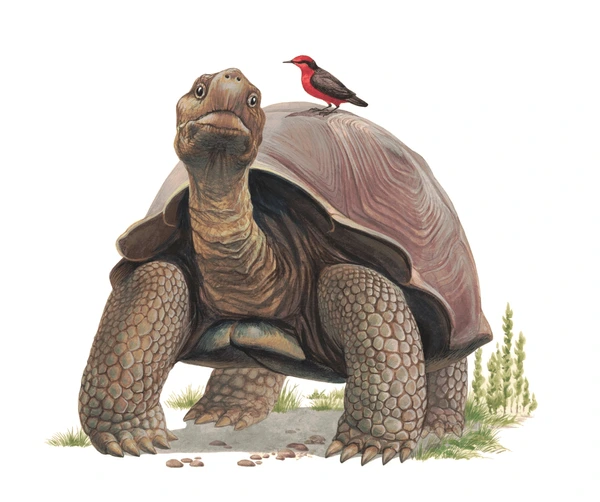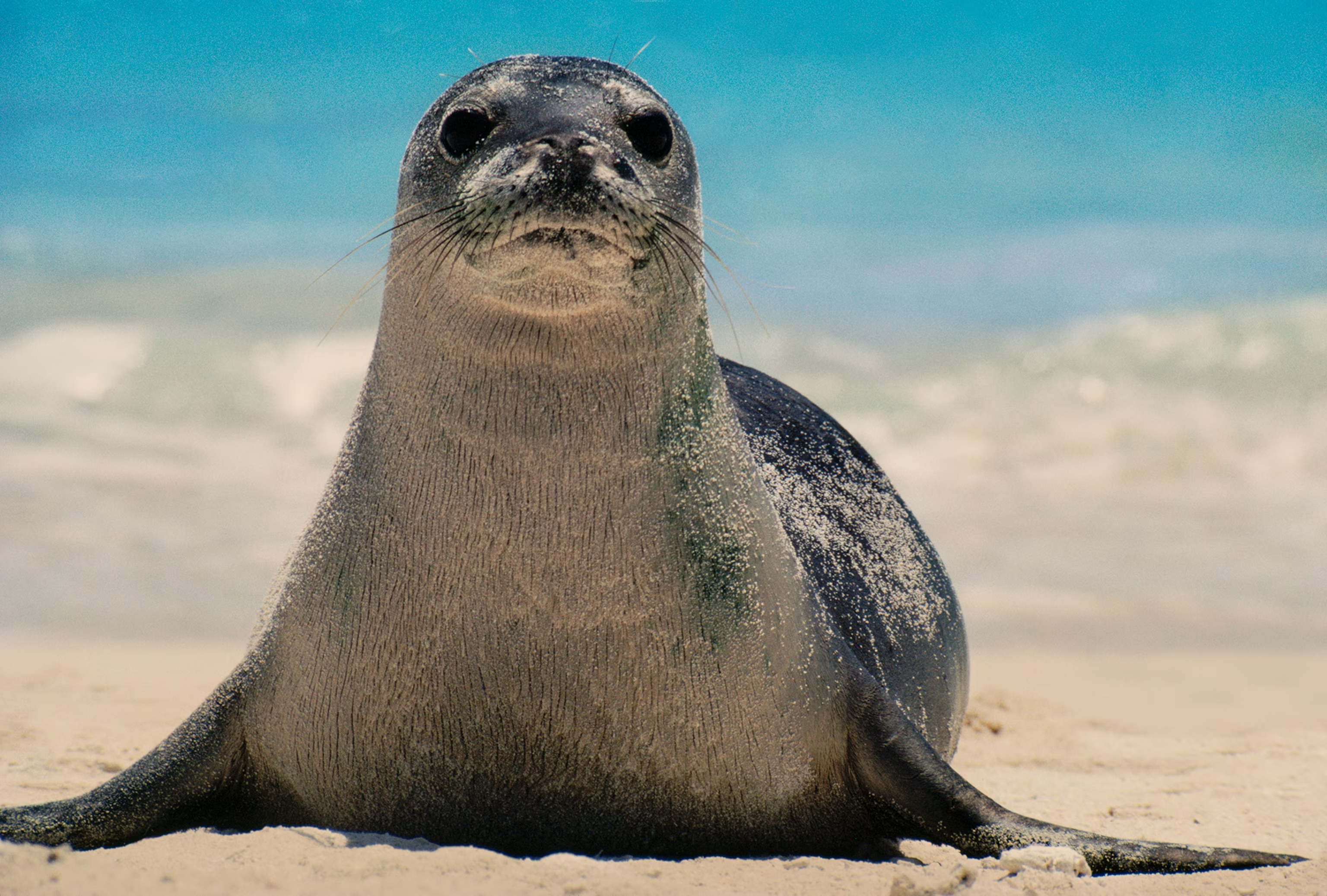About Extinct Reptiles
Reptiles have existed on Earth for over 300 million years, with many remarkable species becoming extinct due to climate changes, habitat loss, and human activities. From the age of dinosaurs to modern times, reptile extinctions have significantly impacted ecosystems worldwide.
Some reptile extinctions occurred during mass extinction events, while others disappeared more recently due to human colonization of islands and habitat destruction. Many extinct reptiles were keystone species that played vital roles in their environments.
The reptiles featured here represent just a few of the many fascinating species we've lost. Their stories remind us of the fragility of biodiversity and the importance of conservation efforts for surviving reptile species.
Floreana Island Giant Tortoise

The Floreana Island Giant Tortoise (Chelonoidis niger) was native to the Galápagos Islands and went extinct in the mid-19th century. These massive tortoises could weigh over 400 pounds and live more than 100 years. They were hunted to extinction by whalers and pirates who collected them as a source of fresh meat during long voyages. Recent genetic studies suggest some hybrid descendants may still exist.
Caribbean Monk Seal

The Caribbean monk seal (Neomonachus tropicalis) was the only seal native to the Caribbean Sea and Gulf of Mexico. Declared extinct in 2008, this marine mammal was overhunted for its blubber and fell victim to habitat destruction. The last confirmed sighting was in 1952, though unverified reports continued for decades. Growing up to 8 feet long, these seals were important predators in Caribbean coral reef ecosystems.